- Warehouse Wisdom. Weekly.
- Posts
- Warehouse Wisdom. Weekly. 3/22/2024
Warehouse Wisdom. Weekly. 3/22/2024
Only the most relevant news for SMBs to improve logistics – picked, packed, and delivered without the bias.
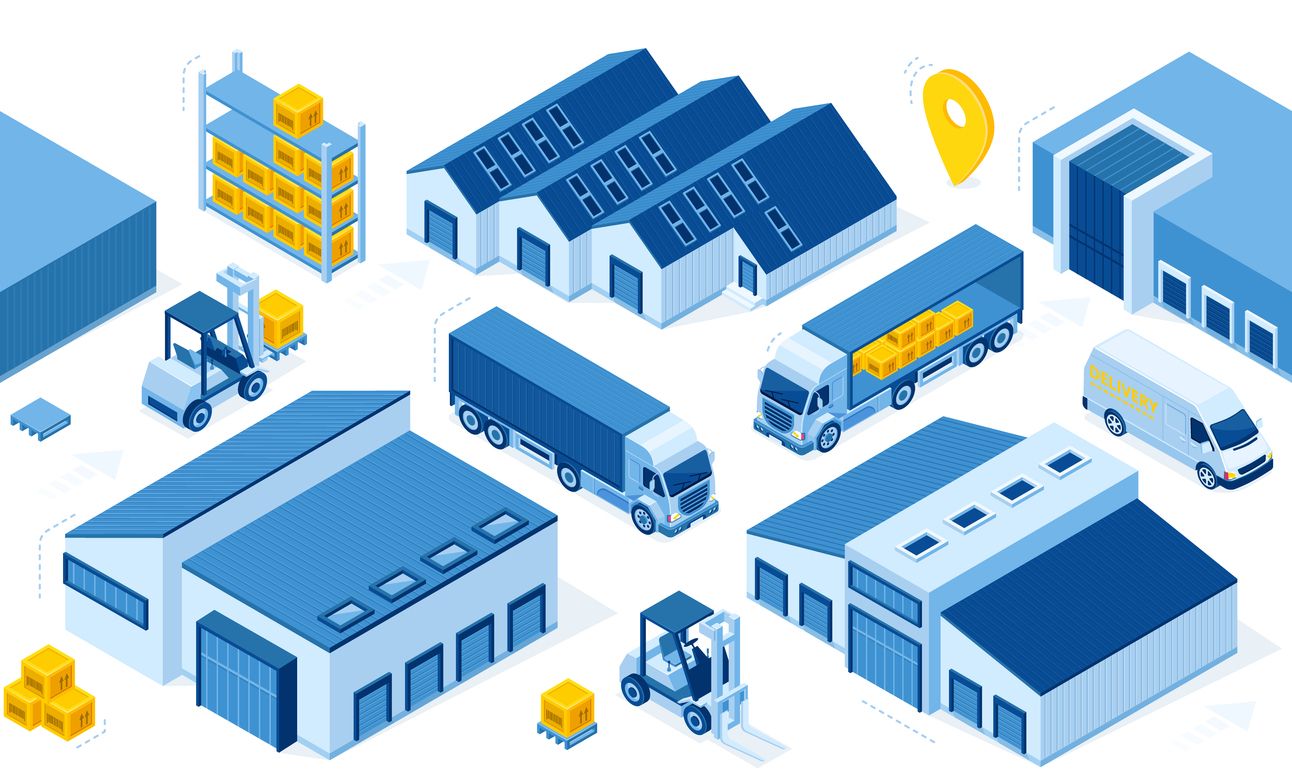
Happy Friday!
Spring break has arrived, and warmer weather is on the horizon! For those with children, the kids are home, making it more challenging to squeeze out some productive work hours.
Kind of like supply chain professionals in general – at least according to the latest survey. Apparently, tracking data manually is costing those in the shipping industry nearly 14 hours per week – wow! A lack of predictive data, insufficient staff skills and training, and decisions made based on guesswork rather than solid insights are causing some major inefficiencies.
This week, we’re continuing to take the guesswork out of summarizing the week’s top warehouse and logistics news. In our latest edition, we cover the continued pain being inflicted on Amazon sellers because of insane fee increases, sizeable cost estimates to implement a national electric truck strategy, a significant container freight rebound, solar panels on freight trucks and autonomous aircrafts, and more bad independent contractor news in the freight industry.
Let’s be extremely efficient with this week’s newsletter and dive right in so you can get back to tracking that data!
LOGISTICS VITALS
AMAZON'S GROWING FEES ARE TAKING A BIGGER BITE OUT OF SELLERS' PROFITS

Each year, sellers on Amazon have been noticing a bigger slice of their sales is eaten up by fees. Why is this such a big deal? Well, because it’s not just chump change anymore—it’s a growing amount of fees helping Amazon reach new stock highs but independent sellers are left with miniscule profits. Let’s break down the numbers to see how much this "piece of the pie" has grown:
2016: Sellers were giving back about 38% of their sales.
2017: This number jumped a little, up to around 40%.
2018: The trend continues, with sellers paying close to 43%.
2019: It kept growing, and sellers saw nearly 45% of their sales going to Amazon.
2020: The lone year there wasn’t an increase and fees held at about 45%.
2021: Sellers are giving back almost 48% of what they earn.
2022: Sellers lost about 52% of their sales to various fees.
2023: Sellers paid from 50% to almost 60% of their earnings in fees.
Services like Fulfillment by Amazon (FBA) and the Amazon advertising platform have shifted from being just options to almost essential tools for sellers who want to stay competitive. But there are options, like seller fulfilled shipping. And merchants absolutely must diversify their sales channels.
SHIPPING LEGISLATION
GOVERNMENT AGENCIES ARE HARD AT WORK TO DIGITIZE CARGO MOVEMENTS AND BRING ELECTRIC TRUCKS TO THE ROADS
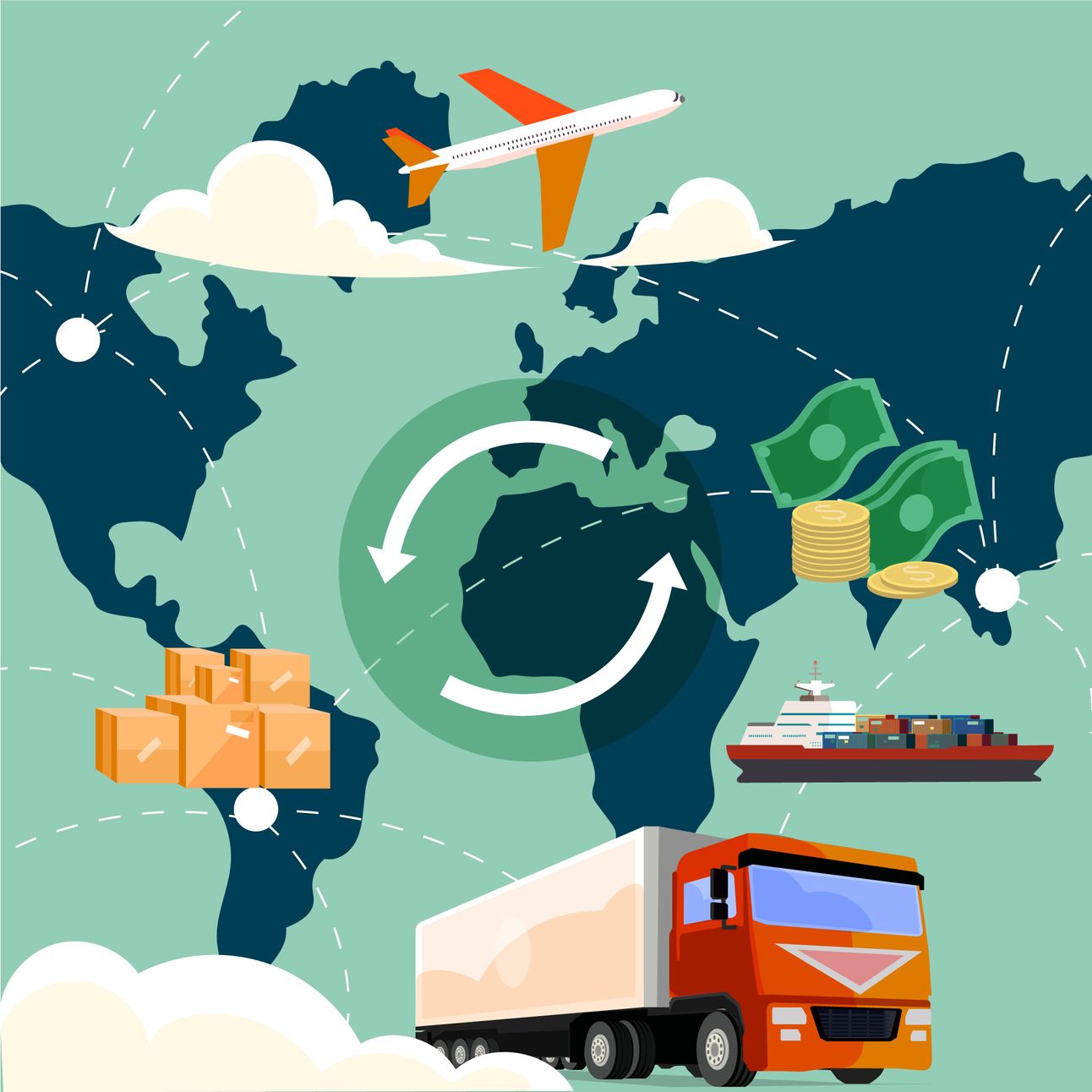
The Department of Transportation (DOT) is hard at work to make the way we move goods across the country smoother and more transparent. This week, the agency announced a partnership with top retailers (including Home Depot, Nike, Walmart, Target, and others) to expand the capture and publishing of data to inland freight ports, rail terminals, and warehouses. DOT upgraded a system called Freight Logistics Optimization Works (FLOW), which acts like a live map for tracking shipments. Originally launched to help ease the flow of goods in and out of ports, it now facilitates real-time tracking of goods movement, aiming to alleviate congestion and adapt to cargo shifts. This means less waiting, more efficiency, and lower costs for transporting goods.
Turning to the roads, another government initiative is making news for a different reason. According to a study commissioned by the Clean Freight Coalition, the move to electric trucks is gearing up but comes with a hefty price tag—nearly $1 trillion. This big change involves setting up places for trucks to charge and making sure the power networks can handle it. With $620 billion planned for creating a network of charging stations and another $370 billion to strengthen the electrical grid, this ambitious project aims to make trucking cleaner and more sustainable. Though the initial costs are high, it's for a cleaner future where trucks don't pollute the air. Will it succeed?
On another front, the Environmental Protection Agency (EPA) is making vehicles cleaner through tougher emission rules for cars and light trucks. Starting with models made from 2027 to 2032, these vehicles will need to pollute less, which likely means more electric cars on the streets. The goal is that by 2032, more than half of all new cars sold will be electric.
U.S. FREIGHT
SURGE IN PORT ACTIVITIES AMIDST CONTRACTUAL CROSSROADS
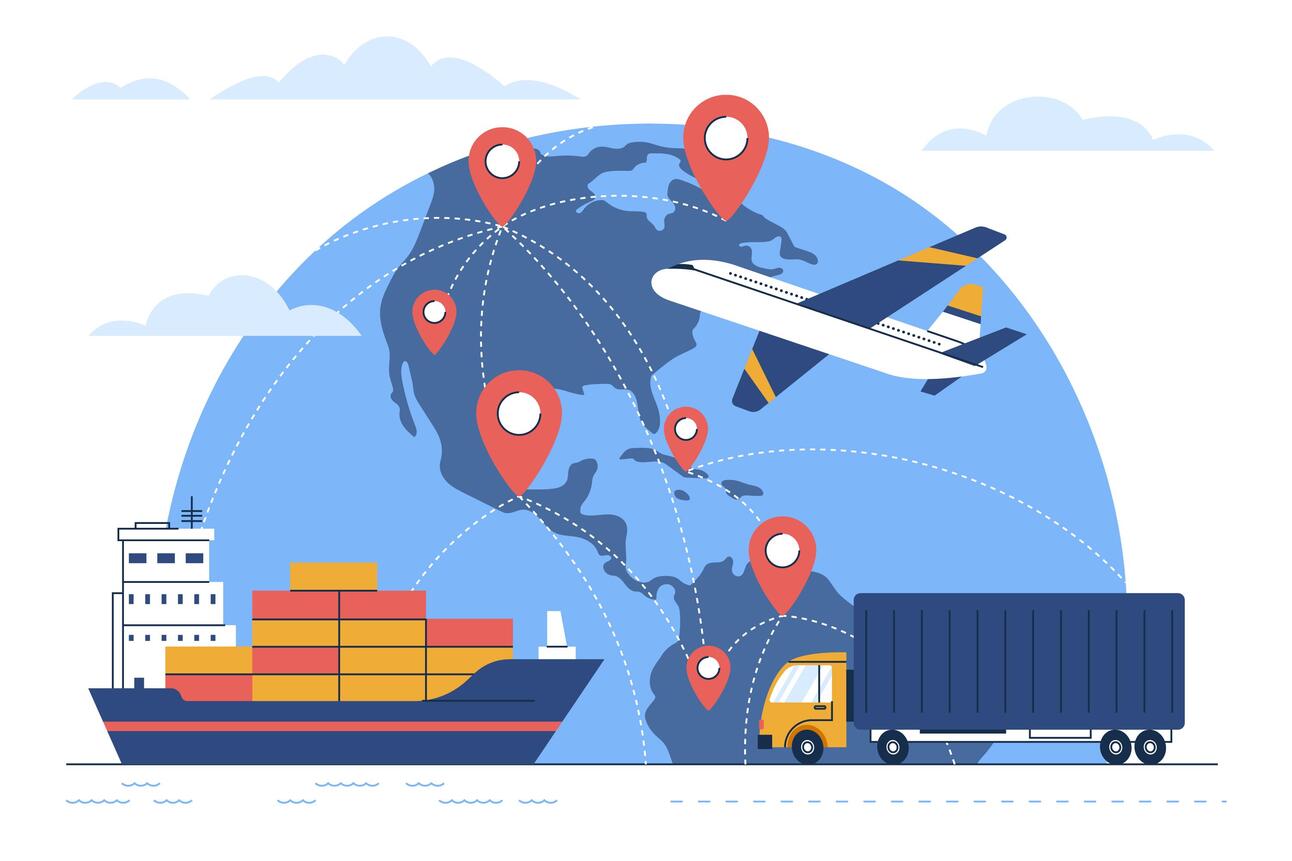
In positive container freight developments, the Port of Los Angeles and the Port of Long Beach, two of the biggest sea gates in the United States, have reported a significant surge in cargo volumes. In February alone, the Port of Los Angeles saw cargo volumes soar by 60% from the previous year, hitting about 1.6 million TEUs. This marked a return to the bustling activity seen before the pandemic struck. Similarly, the Port of Long Beach experienced a 24.1% increase in cargo volumes during the same period. This boost in activity is a clear sign of strong market confidence, better flow of goods, and increased capacity to handle more cargo.
However, the sunny skies over these ports are clouded by a brewing standoff in the ocean freight market. As companies start to plan and sign contracts for moving their goods across the ocean from Asia to the U.S., there's a bit of a standoff. The main issue is the big difference in prices between short-term and long-term contracts for shipping containers from Asia to the U.S. West Coast.
Shippers are hesitating to sign long-term contracts, hoping prices will go down further due to the current low demand and a surplus of supply. On the other hand, carriers are holding out for higher rates. Global uncertainties make this tense situation even trickier, including political tensions, environmental issues, and changes in how goods flow through major sea routes like the Suez and Panama Canal, all of which affect how much cargo comes into U.S. ports. Most are waiting for some price relief before locking in those rates.
WAREHOUSE AND LOGISTICS TECH
SOLAR PANELS, AUTONOMOUS GLIDERS, AND GENERATIVE AI
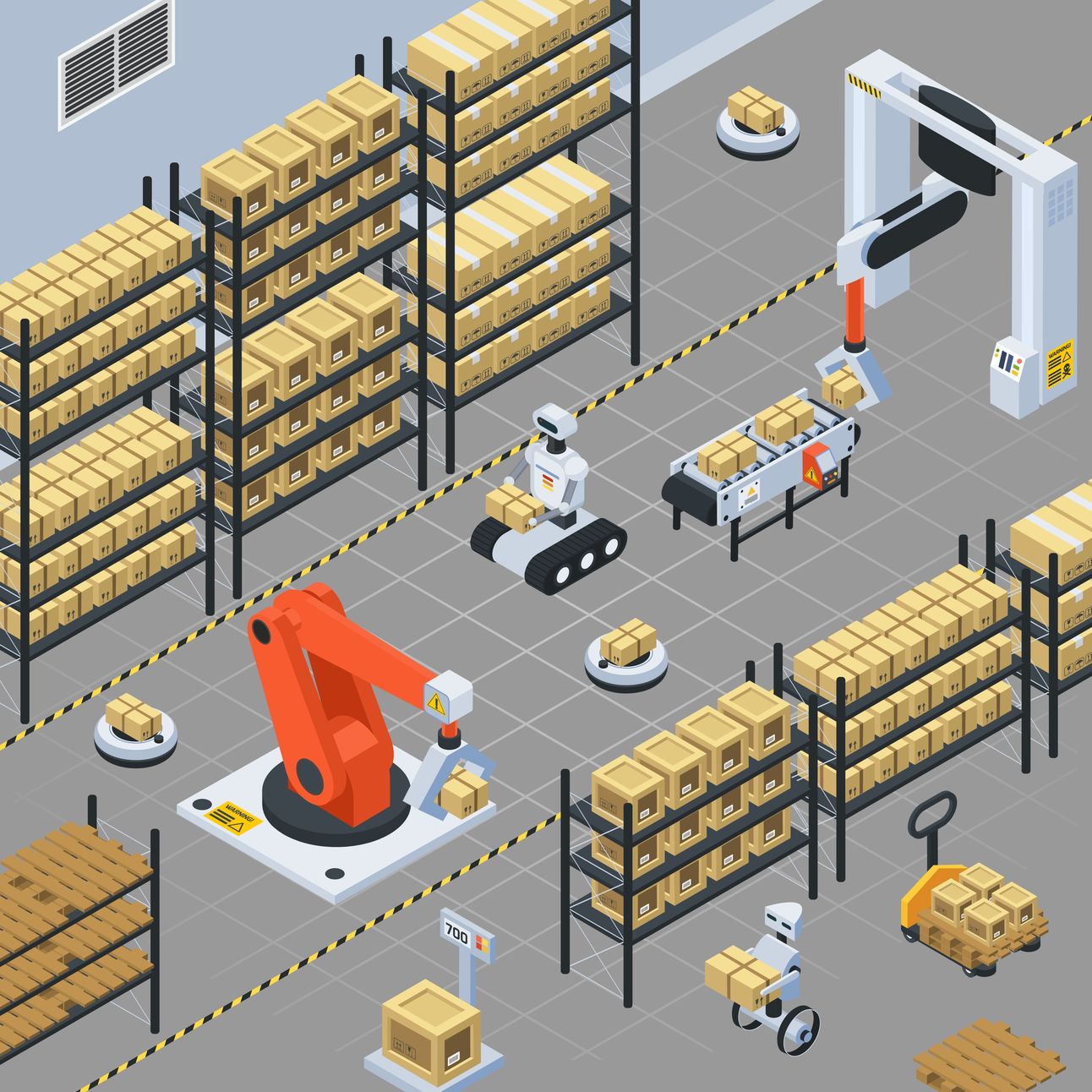
In the world of logistics and transportation technology, some exciting changes are happening, promising to cut costs and improve efficiency.
First, imagine big trucks driving down the road, powered by the sun. Yes, that's right. Carriers are installing solar panels on their trucks. These aren't your regular panels; they're special because they're flexible and lightweight. These help trucks use less fuel by providing power for things inside the truck, like air conditioning and fridges, without having to run the engine. This smart move saves a lot of money, about $1,700 for each truck every year, and reduces pollution.
Next up, have you ever thought about goods flying through the sky without an engine? Aerolane, a West Texan company, is working on autonomous cargo gliders inspired by World War II gliders. This innovative system consists of a lead plane towing a cargo glider, aiming to reduce air freight costs by up to 65%. While it sounds like something from a sci-fi movie, it's a real thing that could be a big deal for how we move things around the world soon.
Lastly, Gartner Inc. predicts 25% of all logistics key performance indicator (KPI) reporting will be powered by generative AI (GenAI). This type of AI can understand and use language in a way that lets it summarize data, make reports, and analyze how well suppliers are doing. This will make things more efficient and could help solve problems much faster than humans can on their own.
WAREHOUSE AND LOGISTICS LABOR
LEGAL BATTLES AND STRIKES ATTEMPT TO RESHAPE THE WAREHOUSE WORK LANDSCAPE
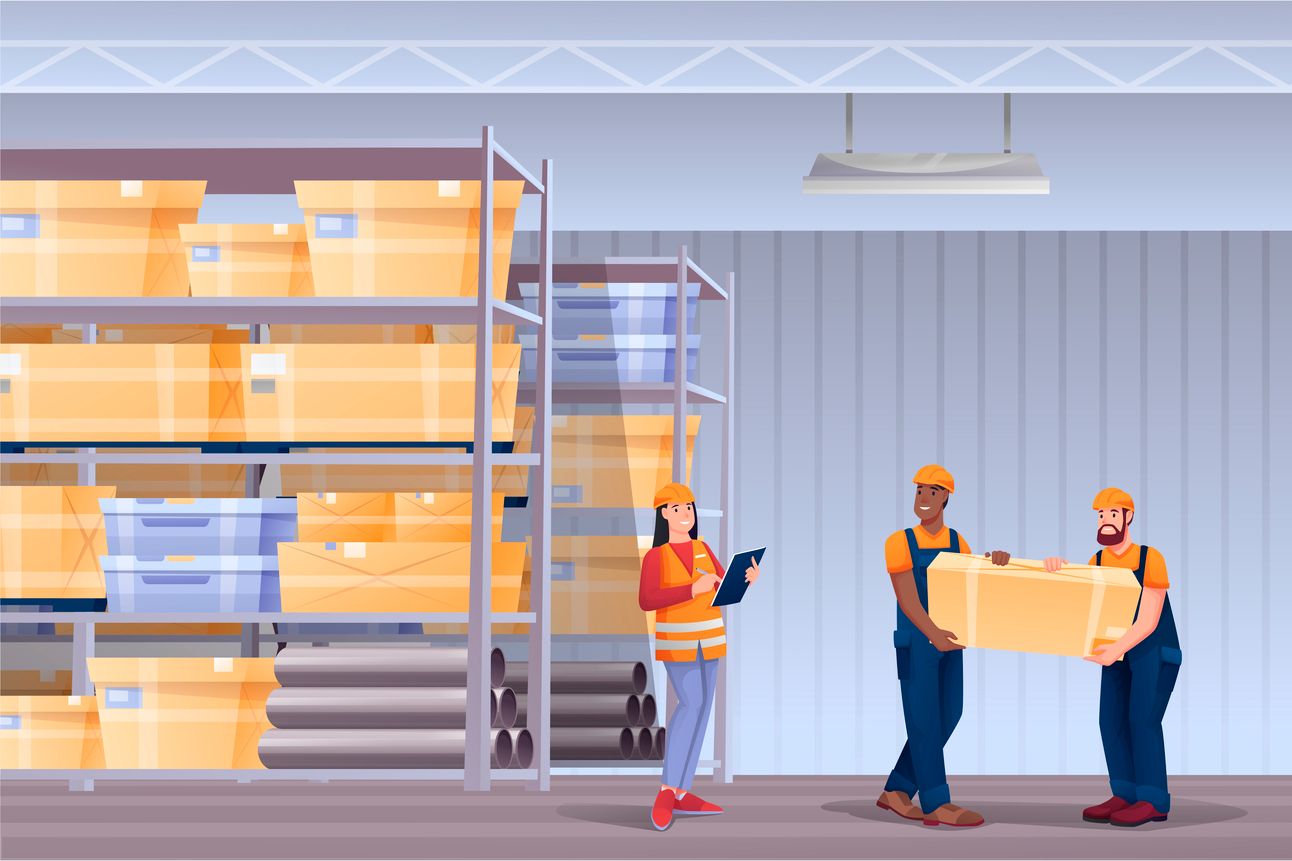
In the world of warehouse labor, three recent developments shed light on the evolving landscape.
First off, there was a big decision from a California court this week about AB 5. This law aims to change independent contractors’ status as employees. The California Trucking Association has fought tooth and nail to stop it. But the court said a resounding, NO. The law uses a special test to decide if someone is an independent worker or an employee. The truck drivers are worried this will make them become employees and bring about a significant negative financial impact.
Meanwhile, approximately 1,400 workers at an Amazon warehouse in Coventry, UK, participated in a strike over pay and union recognition amid broader industrial unrest in the country due to high inflation. The strike could lead to Amazon formally recognizing a trade union for the first time in Europe if a majority of the workforce are members of the GMB union. Amazon aims to resolve issues directly with employees, offering a minimum starting pay of £12.30 to £13 per hour. The strike action is part of a global wave of unionization efforts affecting Amazon.
ONLINE MARKETPLACES
TIKTOK ADVANCES COMMERCE FEATURES AMID POTENTIAL U.S. BAN THREAT AND AMAZON'S SPRING SALE

TikTok and Amazon are making moves to attract more customers and increase sales, each facing their own set of challenges and opportunities. Despite the shadow of legal concerns in the U.S., TikTok is boldly enhancing its commerce features, rolling out new tools to help businesses sell more effectively. These tools include Shop Ads in the TikTok Shop Tab, Video Shopping Ads available globally, and creative formats that make it easier for merchants to show off their products. Despite facing potential restrictions in the U.S., TikTok is not slowing down, even making every video on the platform potentially shoppable.
On the other hand, Amazon has announced its Big Spring Sale, running from March 20 to 25, to boost its Q1 sales. Unlike its Prime-exclusive events, this sale is open to all customers, offering deals on seasonal items such as cosmetics, sports gear, and electronics. This aims to drive sales and engagement, tapping into consumer demand for savings. In 2023, Amazon's Q1 sales lagged those of Q3 and Q4, which featured major sales events. If you sell on Amazon, gear up for this new sales opportunity.
WAREHOUSE QUICK DELIVERIES
FEDEX-AMAZON TALKS, TRUCKING AND INTERMODAL GROWTH, SURGE IN CHINA-MEXICO SHIPMENTS, AND MORE…
FedEx and Amazon Talks: Heading Towards a Reunion?
Truck Tonnage Takes an Upward Turn in February
Intermodal Volumes Climb for Fourth Consecutive Month in February
China to Mexico Container Shipments See Dramatic Increase in January
Google Deputs Its New Retail Media Solution
eBay Extends Its Luxury Consignment Service to Apparel
“Generative AI presents an opportunity for logistics leaders to uncover additional insights from logistics data and drive operational efficiency.”